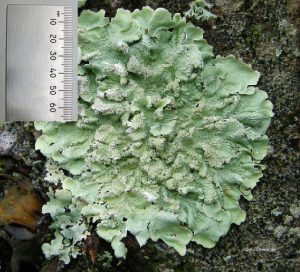 I think about genealogy for much of my day. Therefore, on a recent trip to Boston’s Museum of Science, I was again thinking about how I could apply something that I learned that day to make me a better genealogist. Thankfully, the Museum has a new(er) exhibit that is designed to teach participants how to use context clues to properly date an old schoolhouse. The exhibit points to evidence that helps users to identify when the schoolhouse closed – specifically, drawing their attention to portraits of U.S. Presidents surrounding the room, concluding with Richard Nixon. (The students in my group eventually determined that the school probably closed between 1969 and 1974.) As a student who studied Public History in graduate school, the exhibit is fantastic. A perfect blend of education, logic, and most importantly, fun…
I think about genealogy for much of my day. Therefore, on a recent trip to Boston’s Museum of Science, I was again thinking about how I could apply something that I learned that day to make me a better genealogist. Thankfully, the Museum has a new(er) exhibit that is designed to teach participants how to use context clues to properly date an old schoolhouse. The exhibit points to evidence that helps users to identify when the schoolhouse closed – specifically, drawing their attention to portraits of U.S. Presidents surrounding the room, concluding with Richard Nixon. (The students in my group eventually determined that the school probably closed between 1969 and 1974.) As a student who studied Public History in graduate school, the exhibit is fantastic. A perfect blend of education, logic, and most importantly, fun…
One element of the exhibit that should pique the interests of us genealogists is a very detailed description of lichen. I know: “composite organism that arises from algae or cyanobacteria (or both) living among filaments of a fungus in a symbiotic relationship” sounds like a riveting topic. However, once I read a little more about the properties of lichen, I was excited by the possibilities that lichen could hold for genealogy. Mainly, that lichen can be used to date exposed rock like a tombstone, for example.
Common Greenshield grows at a constant rate of 1 mm/year.
According to the Museum of Science, there are five common types of lichen in North America. One of them, flavoparmelia caperata (also known as Common Greenshield), is most widely recognizable as it grows in the Midwest and the entire eastern part of the United States. More importantly, especially for genealogists, Common Greenshield grows at a constant rate of 1 mm/year.
Now, we’ve all witnessed lichen (various species) ravaging tombstones in cemeteries in the northeast/east/Midwest. And in most cases, we try to clean up these tombstones, so that others may easily read the inscriptions. However, IF a tombstone was never cleaned, AND the inscription does not have a date, a genealogist could potentially estimate the date of the stone by measuring the size and species of the lichen. This could be especially helpful for memorial stones, ones placed years after an individual was buried. If the lichen shows that the stone was younger than the date indicates, maybe the stone was a memorial stone and not a tombstone erected at the time of death.
So, next time you are exploring a cemetery, try to find one of the larger lichen and match it with the date on the stone. How closely do the two dates match?
Share this:
About Lindsay Fulton
Lindsay Fulton joined the Society in 2012, first a member of the Research Services team, and then a Genealogist in the Library. She has been the Director of Research Services since 2016. In addition to helping constituents with their research, Lindsay has also authored a Portable Genealogists on the topics of Applying to Lineage Societies, the United States Federal Census, 1790-1840 and the United States Federal Census, 1850-1940. She is a frequent contributor to the NEHGS blog, Vita-Brevis, and has appeared as a guest on the Extreme Genes radio program. Before, NEHGS, Lindsay worked at the National Archives and Records Administration in Waltham, Massachusetts, where she designed and implemented an original curriculum program exploring the Chinese Exclusion Era for elementary school students. She holds a B.A. from Merrimack College and M.A. from the University of Massachusetts-Boston.View all posts by Lindsay Fulton →